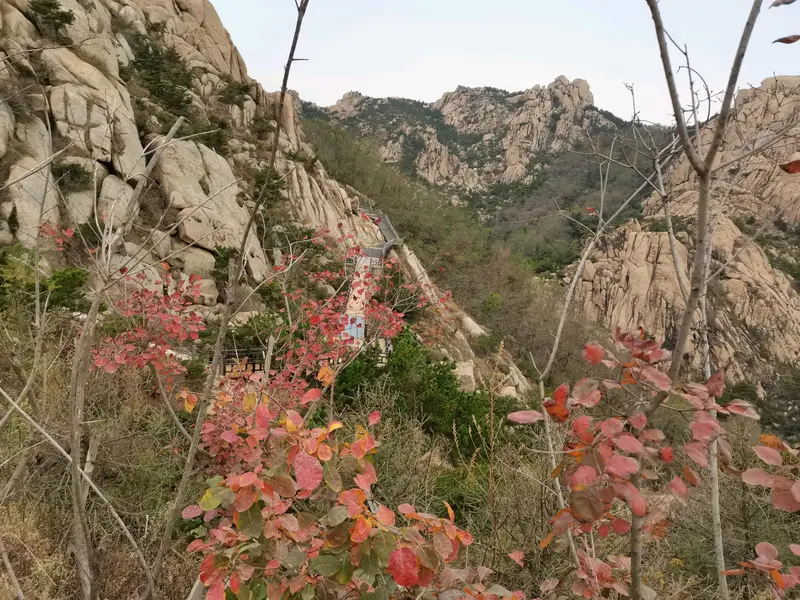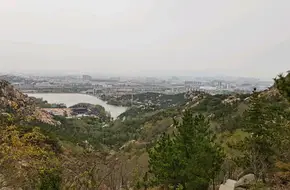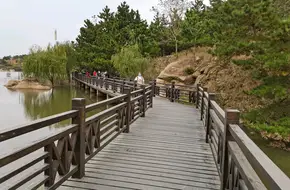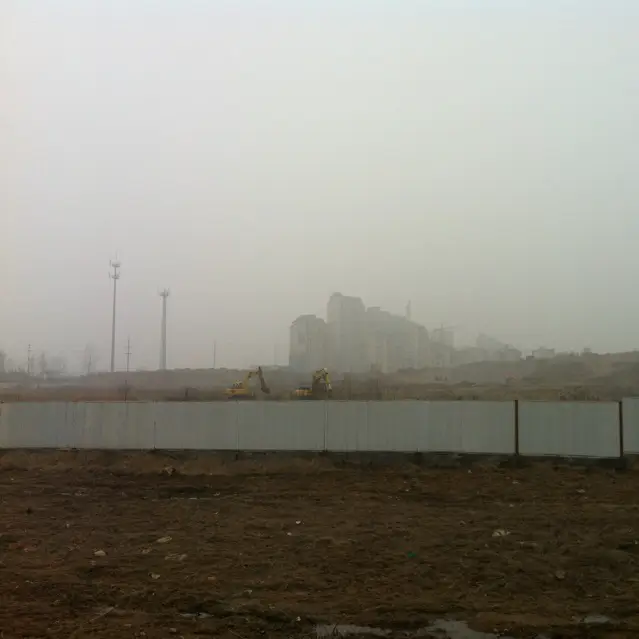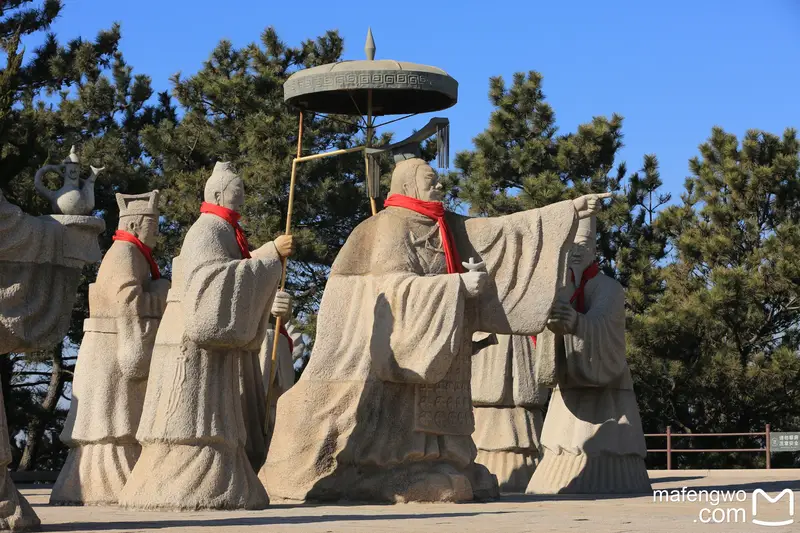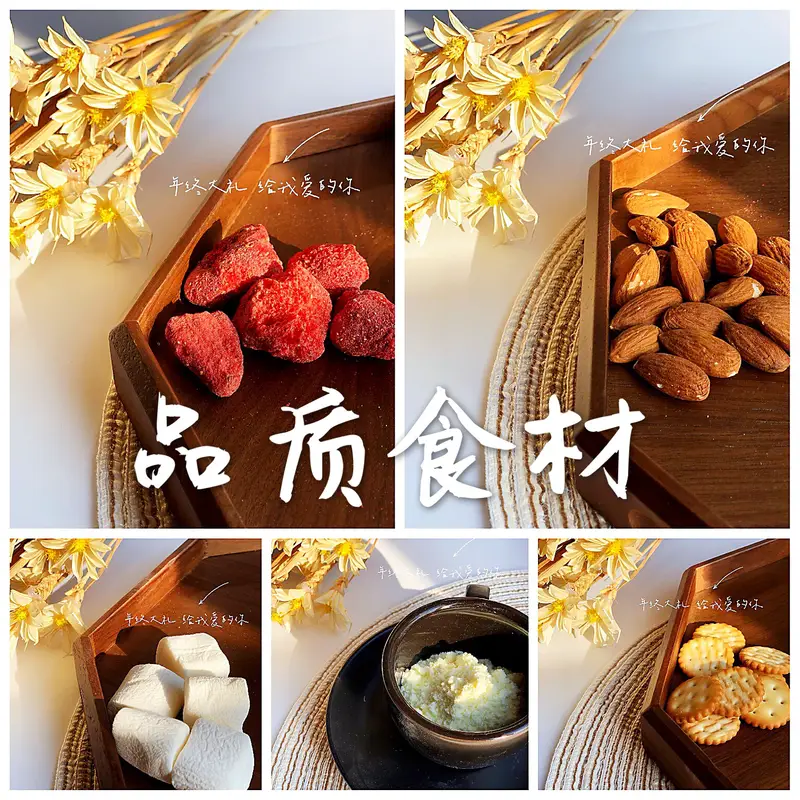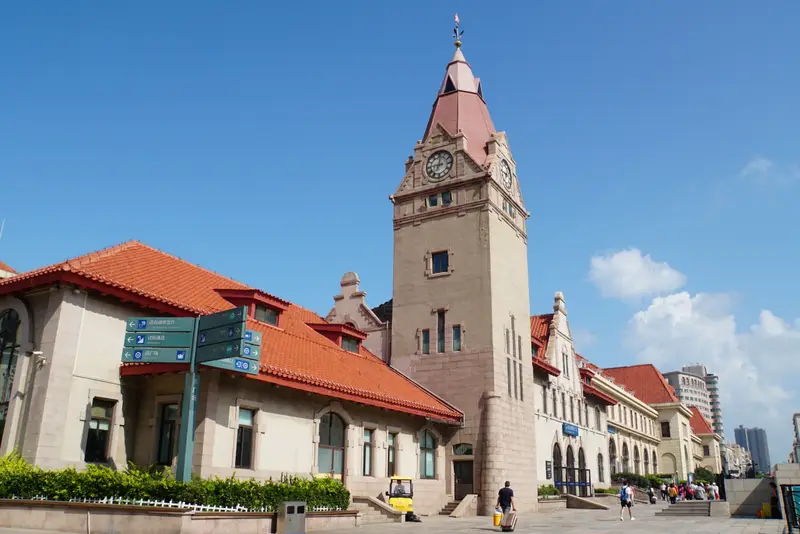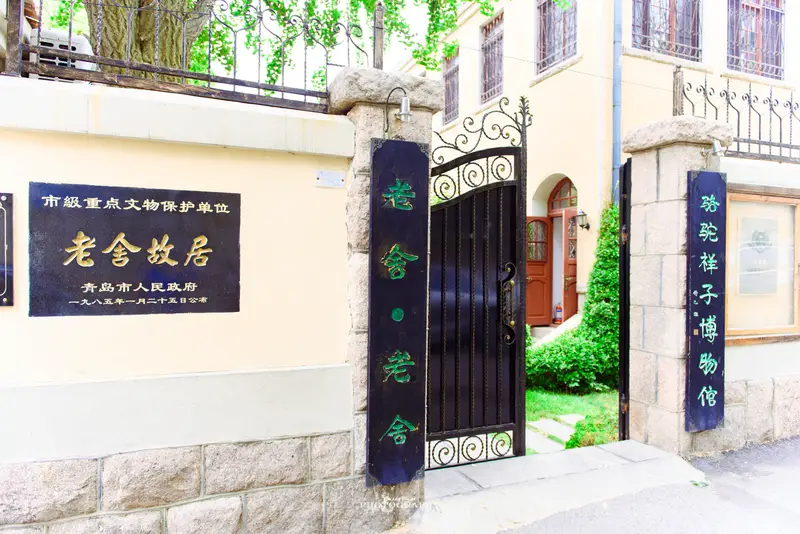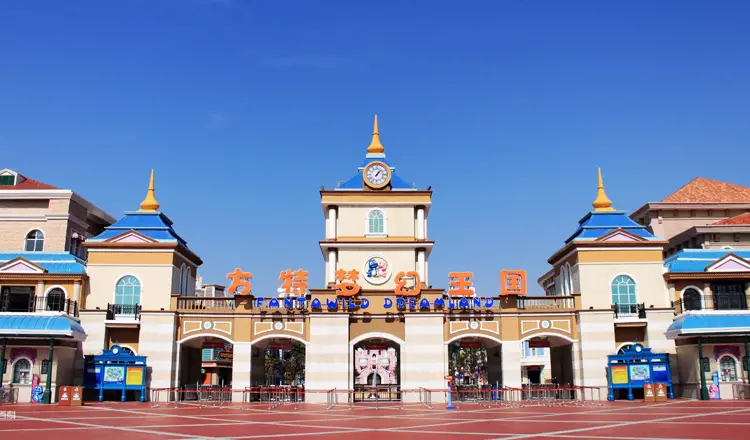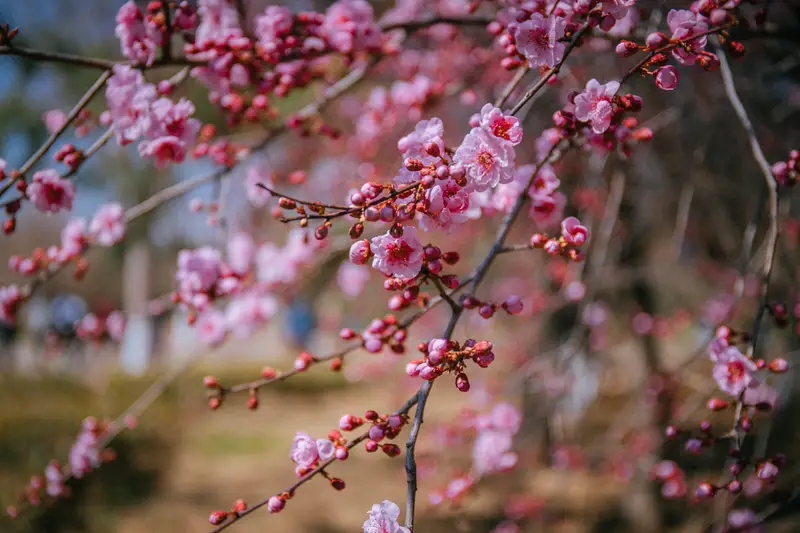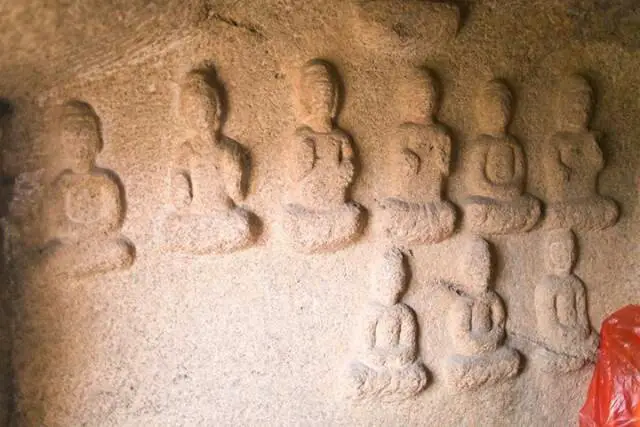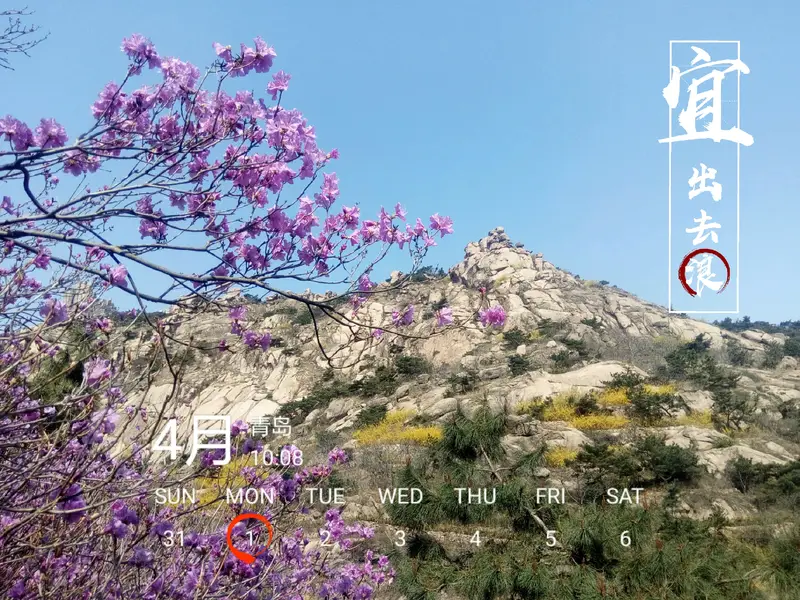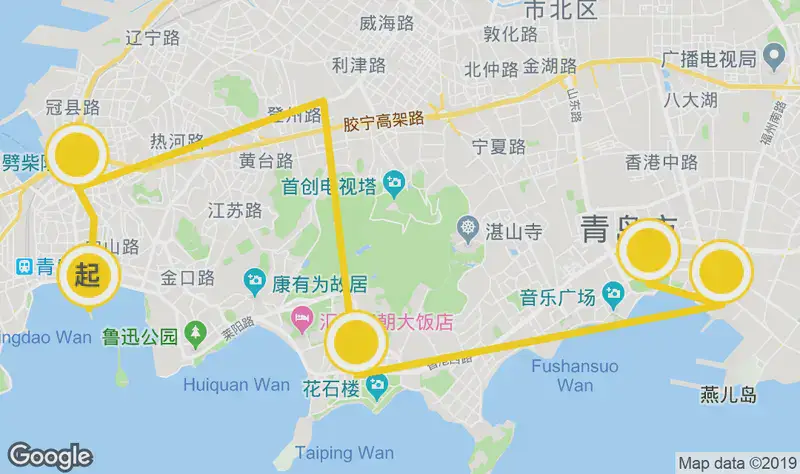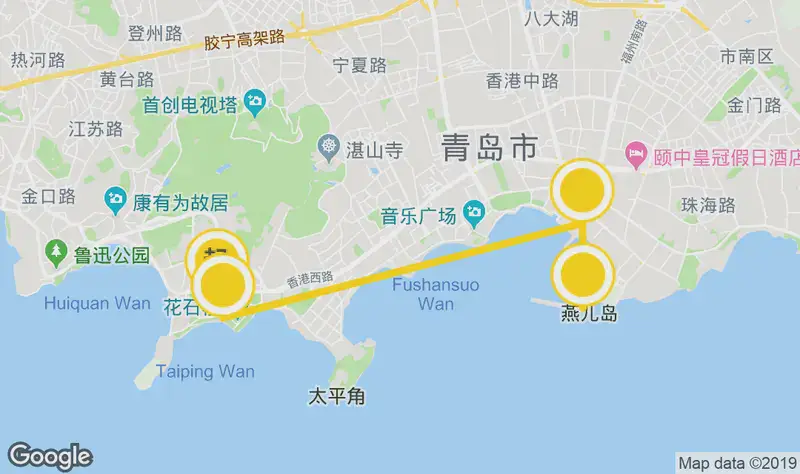Tucked away in the serene mountains of Huangdao District, Qingdao, lies a lesser-known treasure called Pagoda Forest. Located within Shimen Temple in Hujia Xiaozhuang Village, this spot offers a peaceful escape from the city’s hustle while blending nature and history. Here’s why it’s worth a visit.
Getting There: A Journey into Nature
Pagoda Forest sits in the southwestern part of Hujia Xiaozhuang Village, near Dazhushan Town. To reach it, you’ll need to embrace a bit of adventure. If you’re driving, head to Shimen Temple—the entrance to the temple complex is your cue. Public transport users can take a bus to Dazhushan Town and then hire a local taxi or ride-share to the temple. The winding roads and mountain views make the journey feel like part of the experience!
Nature’s Playground: Mountains and Tranquility
Surrounded by the lush slopes of Dazhushan, Pagoda Forest feels like a secret tucked into the wilderness. In spring, wildflowers blanket the hills, while autumn paints the leaves in fiery reds and oranges. The air here is crisp, and birdsong fills the silence—perfect for a slow stroll. The stone path leading to the pagodas winds through ancient trees, creating a shaded, meditative walk.
Cultural Charm: Ancient Stone Pagodas
The heart of Pagoda Forest is its collection of weathered stone pagodas, each carved with Buddhist symbols and inscriptions. These towering structures date back centuries, once serving as burial sites for monks or locals. Some say they guard the temple’s spiritual energy. Wandering between them, you’ll spot intricate carvings of lotus flowers, dragons, and sutras—a testament to craftsmanship from eras long past. It’s like stepping into a living museum of faith and art.
A Blend of Faith and History
Inside Shimen Temple, where Pagoda Forest resides, you’ll find a mix of religious and cultural vibes. The temple itself is modest but rich in tradition. Locals light incense here, and festivals bring lively rituals. The pagodas, meanwhile, stand as silent witnesses to generations of worship. Even if you’re not religious, the blend of nature and heritage creates a deeply moving atmosphere.
Practical Tips: What to Expect
- Facilities: The site is basic but cozy. Expect stone steps, simple resting areas, and a small temple courtyard. Bring water and snacks, as there are no major shops nearby.
- Best Time to Visit: Spring (April–June) and fall (September–October) offer mild weather and vibrant landscapes. Summer can be hot, while winter might limit access due to snow.
- Footwear Matters: Wear sturdy shoes—the terrain is rocky and uneven.
An Escape for the Soul
Visiting Pagoda Forest isn’t about ticking off a tourist checklist. It’s about soaking in the quiet, breathing fresh mountain air, and letting your mind wander. Whether you’re snapping photos of moss-covered pagodas, listening to the wind rustle through pines, or simply sitting on a temple bench, the experience feels grounding. For history buffs, nature lovers, or anyone craving a break from city life, this hidden corner of Qingdao delivers peace on a plate.
Note: While exploring, remember to respect the sacred spaces and leave no trace.


